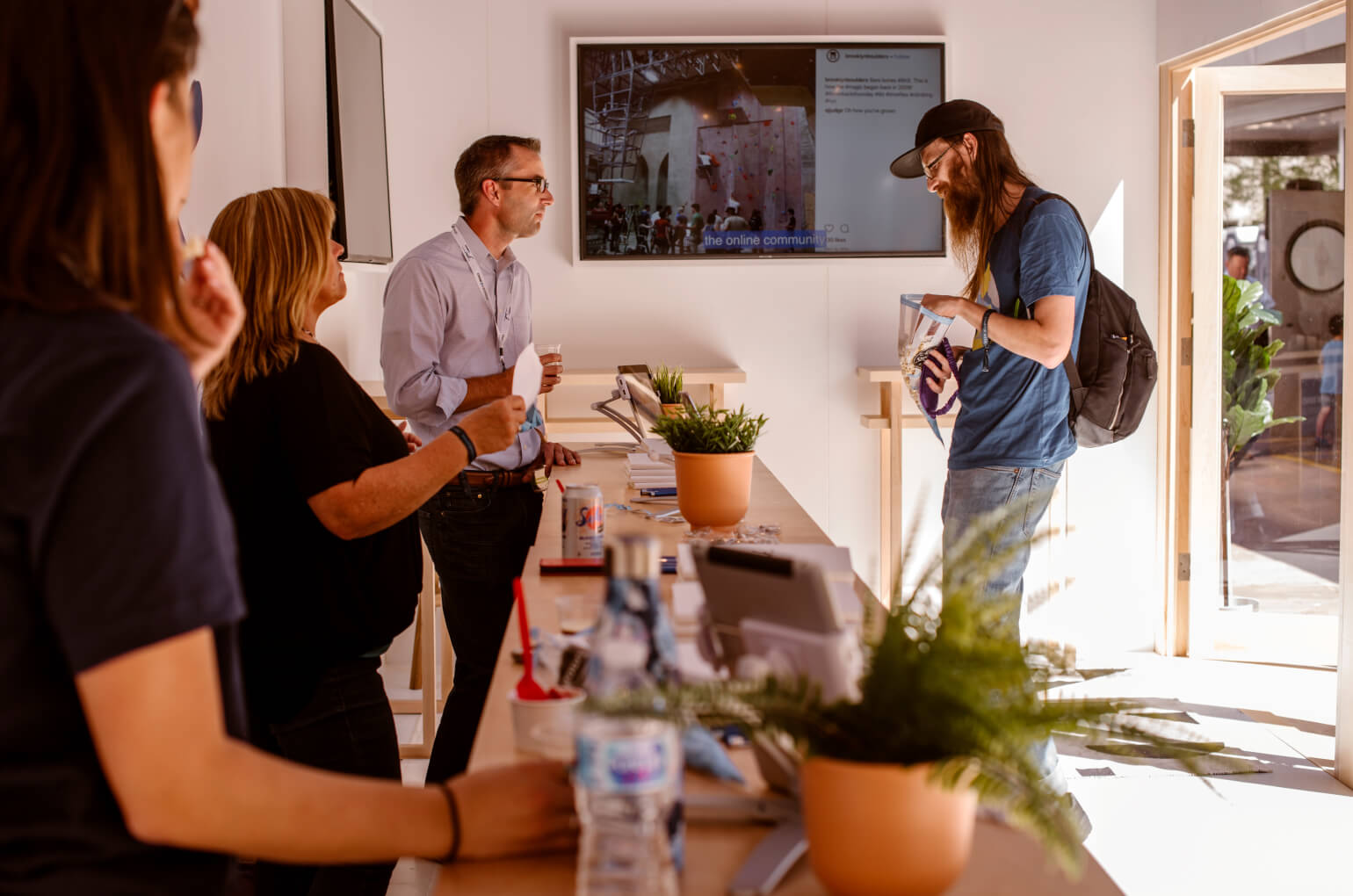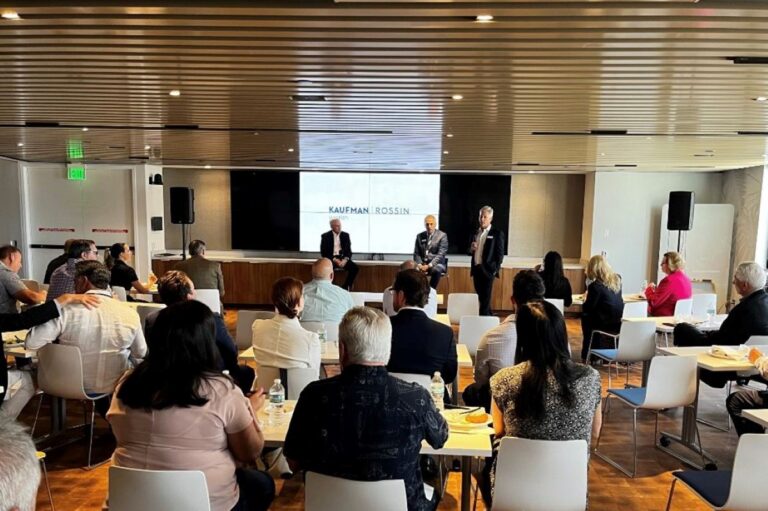Personalization in Retail: How to Start with the 7 Best Practices
What is the best way to start with personalization for online retail? Originally appeared on Quora: the place to gain and share knowledge, empowering people to learn from others and better understand the world.
Personalization is quite a big topic. It covers everything from addressing your customer by name through changing the products and content offered to him to calculating the optimum margin you can derive from him and setting his own price. Some personalization tactics are friendly, acceptable and helpful while some are downright creepy and cross a moral line.
Where to start? As ever, consider what are the things you are hoping to achieve:
– Better brand understanding?
– Increased revenue?
– Higher customer engagement?
– Reduced basket abandonment?
– Better customer experience rating?
– Increased retention?
It’s important to have goals so you can measure the success of your efforts and/or the ROI of any service you opt to pay for.
Decide how far you are prepared to go with personalization to achieve those things. Will you be honest about the data you will derive and hold? Will you be up-front about the areas of your site you are personalizing? Will you present different experiences to different users without them knowing that you’re doing it?
It’s important to set some ground rules for yourself so you can make sure you can defend your solution to your customers and to yourself! It’s also something to bear in mind when selecting a personalization partner. What tactics do they use, what data do they store, is any data being shared elsewhere?
Set some moral boundaries up front and communicate them with your team …and your customers.
Simple segmentation can deliver quite a few personalization benefits. For example: Is your offering fundamentally different for men and women? If so, you could ask customers which offer they’d prefer to see, or simply derive their gender from their most recent transactions.
Other things can be derived from customers’ interactions. What are their favourite brands? colours? times of day to shop? What end of the price range does each tend to shop?
Offering products that are more likely to be purchased will enhance the customer experience and reduce the number of clicks to buy. Emailing the customer at the right time of day can make a lot of difference.
So if you’ve done nothing else, segmentation is a great place to start.
After a while you will realise that in order to take advantage of all this segmentation data, you need to ensure that your product meta data has the corresponding hooks. If brand and colour are missing from some of your product descriptions then you won’t be able to take advantage of the knowledge you’ve gained from your transaction data. We find that many retailers we speak to have more issues with their product meta data than they’d like to admit to! It’s something that’s worth getting right – not just for personalization, but to make sure the customer has a great experience.
Get your meta data right. Personalization platforms will thank you!
One of the simplest forms of personalisation is filtering out items that have already been purchased. In most cases, once you’ve purchased an item you won’t want it to be presented again as a recommendation. Having that blouse featured in a ‘hottest looks this season’ list might be a great way of making the customer feel good about the purchase but in general when trying to present items for sale, to include items already purchased is a waste of an opportunity.
For some items the replacement cycle is short so it can be good to bring previous purchases to the surface – your meta data can help you here! Tag those products that are re-purchasable and a good personalization platform will be able to include them but discount other purchasers.
Don’t keep saying the same thing – particularly if the customer has acted.
Personalization can exist anywhere. Most retailers’ attempts thus far have typically been limited to recommendations banners on category pages, product pages and basket pages. But personalisation can exist in your home page’s hero banner of ‘featured products’, even in your site navigation or search results.
The reason most personalization efforts are confined to the recommendations panel is that most solutions are very ‘black box’ solutions. That is, you integrate them on your site and they do their thing. You don’t get too much control of what products they show. Some solutions offer much more editorial capability so that you’re actually buying a smart merchandising service with personalisation built in.
We hear of horror stories where purely algorithmic personalization systems can show inappropriate products to the wrong shoppers at the wrong times. Your catalogue may be benign and this might not be a worry, but if you are selling any age-related goods then be wary.
Personally I’m of the opinion that algorithms do a great job, but your merchandising team know better in most cases. The best solutions come when the two are working together in harmony.
Decide on the level of control you need in your personalisation.
We’ve talked about personalization of product presentation, but what about personalizing content? Here at The Filter we talk about ‘journey optimisation’ and breaking the customer’s shopping journey down into stages.
Using such technology you can deliver in-house content matched to behavioural signals that denote the stage a customer is at in their customer journey – whether discovery, research or purchase. By identifying a customer’s distinct stage the correct balance of products and content can be selected, either manually or by enabling machine learning to select the best options.
So a first-time visitor might see engaging content which helps to communicate brand values. Once a need has been established (e.g. from browsing products related to a certain category) the journey might switch to being more product-centric, with content such as buying guides, comparisons and video reviews accompanying. When the signals are there that a purchase is imminent (remember we can look at historic transactions to ascertain this) then content may switch again to show compelling reasons to buy now (offers, low stock levels, price guarantee, free shipping today).
Choose the amount of personalization you want on your store. Are you a firm believer or just prepared to dip your toes in?
There are lots of solutions out there and many offer a consultative sale or free advice – find a service that talks your language and get in touch…!
Contributed by James Routley, CEO of The Filter. Personalized merchandising platform for retail/entertainment.









